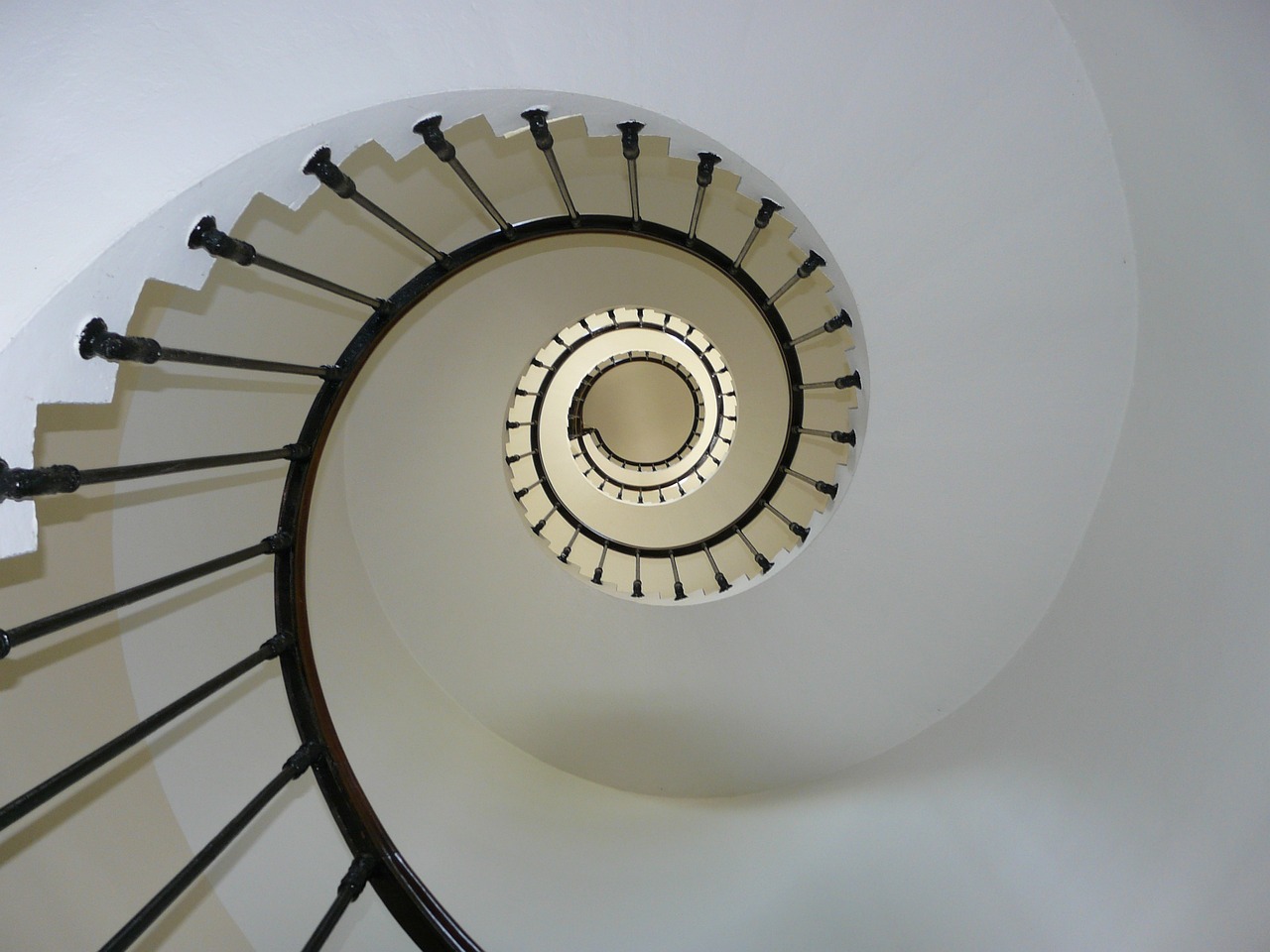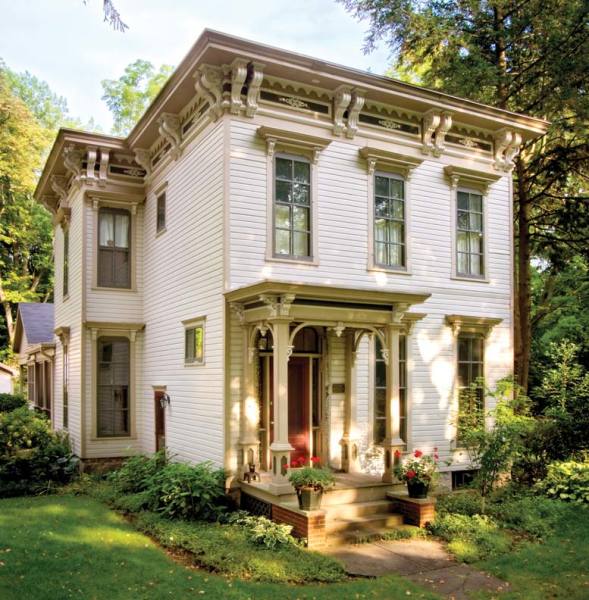Table of Contents
- The 19th century marked a period of profound transformation in the world of architecture. This era, often referred to as the Victorian era, was characterized by an eclectic mix of architectural styles, each reflecting the prevailing sentiments and aspirations of the time. Among the many architectural trends that emerged during this period, two significant elements stood out
- The Romantic Movement
- Ornamentation and Excess
- The Influence of Technology
- Legacy and Conclusion
The 19th century marked a period of profound transformation in the world of architecture. This era, often referred to as the Victorian era, was characterized by an eclectic mix of architectural styles, each reflecting the prevailing sentiments and aspirations of the time. Among the many architectural trends that emerged during this period, two significant elements stood out
Romanticism and ornamentation. These two facets not only shaped the physical landscape of cities but also expressed the spirit and imagination of an era marked by social, cultural, and technological change.
“Romanticism and ornamentation. These two facets not only shaped the physical landscape of cities but also expressed the spirit and imagination of an era marked by social, cultural, and technological change. In a world rapidly transforming due to the Industrial Revolution and the rise of urbanization, architecture became a canvas for society’s evolving ideals and desires.
Romanticism, with its emphasis on emotion, individualism, and a longing for an idealized past, infused architectural designs with a sense of nostalgia and wonder. Buildings became more than just functional structures; they became storytellers of the human experience. Architects drew inspiration from literature, art, and nature, translating these influences into the built environment. Romantic architecture, with its whimsical forms and intricate detailing, invited people to escape the monotony of the industrial world and immerse themselves in the beauty of the past.
Meanwhile, the extravagant use of ornamentation in architectural design during this period symbolized the aspirations and opulence of the age. Elaborate facades, ornate interiors, and intricate ironwork served as visual representations of social status and cultural refinement. The act of ornamenting buildings was a declaration of artistry and craftsmanship, showcasing the skill of artisans and their ability to turn the mundane into the magnificent.
Beyond aesthetics, these architectural elements also played a pivotal role in the daily lives of city dwellers. Ornate facades often concealed the structural innovations of the time, such as the use of cast iron columns and beams that allowed for more open and spacious interiors. The intricate detailing of buildings provided shade, protection from the elements, and a sense of identity to neighborhoods and cities.
Moreover, these architectural expressions served as a mirror to the societal shifts of the era. They reflected the tension between tradition and progress, the desire for individualism in an increasingly crowded urban landscape, and the pursuit of beauty amidst the rapid industrialization of the world. As the 19th century progressed, these architectural trends evolved, giving birth to diverse styles like the Gothic Revival, the Italianate, and the Second Empire, each with its own unique interpretation of Romanticism and ornamentation.
In essence, Romanticism and ornamentation in 19th-century architecture were not mere aesthetic choices; they were manifestations of the collective hopes, dreams, and anxieties of an era in flux. They remind us that architecture is more than bricks and mortar; it is a reflection of the human spirit, a testament to our creativity, and a lens through which we can better understand the complexities of our past and the evolution of our urban environments.”
If you’d like to dive deeper into this subject, there’s more to discover on this page: On the Periphery: A Survey of Nineteenth-Century Asylums in the …

The Romantic Movement
The 19th century was a time of great social upheaval and industrial progress. As the world shifted from agrarian societies to industrialized ones, there was a growing sense of nostalgia for a simpler, more idyllic past. This yearning for the past found its architectural expression in the Romantic movement. Architects and designers of the time drew inspiration from history, mythology, and nature, seeking to create buildings that would evoke emotions and stir the imagination.
One of the key characteristics of Romantic architecture was the use of asymmetry and irregular forms. Rather than adhering to the strict rules of classical architecture, Victorian architects embraced the freedom to experiment with new shapes and styles. This led to the creation of buildings with distinctive, often whimsical, silhouettes that defied traditional conventions.
Explore this link for a more extensive examination of the topic: AP Art History Course and Exam Description PDF

Ornamentation and Excess
Perhaps the most iconic feature of 19th-century architecture was its elaborate ornamentation. Victorian architects believed in the power of ornament to convey meaning and beauty. Consequently, buildings from this era were adorned with a plethora of decorative elements, including intricate carvings, ornate facades, and decorative ironwork. These embellishments were not merely superficial; they served as a means of communication, conveying the values, aspirations, and even the social status of the building’s occupants.
One prime example of this excess can be seen in the Gothic Revival architecture of the era. Architects like Augustus Pugin and Sir George Gilbert Scott drew inspiration from the medieval past, creating buildings with pointed arches, ribbed vaults, and an abundance of decorative details. The Houses of Parliament in London, designed by Charles Barry and A.W.N. Pugin, exemplify the grandeur and intricate ornamentation of the Victorian Gothic style.
You can also read more about this here: Nicholas Frankel on The Grammar of Ornament as Embodied …

The Influence of Technology
While Romanticism and ornamentation were central to 19th-century architecture, it’s important to note that this period also witnessed significant technological advancements. The Industrial Revolution brought about innovations in materials and construction techniques, allowing architects to push the boundaries of design. The development of new materials such as cast iron and steel made it possible to create larger and more intricate structures.
One notable example of this technological progress is the Crystal Palace, designed by Joseph Paxton for the Great Exhibition of 1851. This vast glass and iron structure showcased the potential of modern engineering and design. Its transparent walls allowed natural light to flood the interior, blurring the boundaries between architecture and nature.
To expand your knowledge on this subject, make sure to read on at this location: Classic Commonwealth: Virginia Architecture from the Colonial Era …

Legacy and Conclusion
The architectural legacy of the 19th century continues to influence modern design and urban landscapes. While many Victorian buildings have been preserved as historical landmarks, the spirit of Romanticism and the appreciation for ornamentation can be seen in contemporary architecture as well. Architects today draw inspiration from the past, combining elements of the Victorian era with modern innovations to create unique and expressive buildings.
In conclusion, the 19th century was a time of architectural experimentation, marked by the fusion of Romantic ideals and ornate embellishments. It was a period when architects celebrated the diversity of styles and expressed their creativity through asymmetry and ornamentation. The buildings of this era not only reflect the changing social and technological landscape but also serve as a testament to the enduring power of architecture to capture the imagination and emotions of a society in transition. Victorian visions of Romanticism and ornamentation continue to inspire and enchant us, reminding us of the rich tapestry of architectural history.
To delve further into this matter, we encourage you to check out the additional resources provided here: The Great Transformation
More links
Additionally, you can find further information on this topic by visiting this page: Introducing William Morris · V&A
